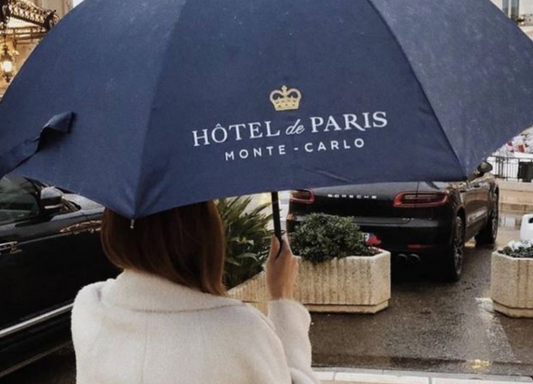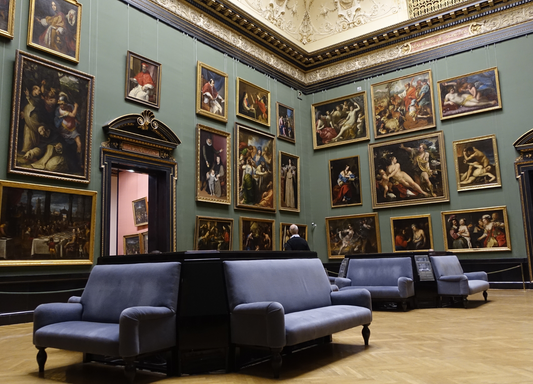The Little Black Dress, an iconic fashion staple introduced by Coco Chanel in 1926, is more than just a garment—it is a story of timeless elegance, innovation, and cultural significance. Coco Chanel’s vision transformed what was once considered a somber hue, traditionally associated with mourning, into a symbol of chic simplicity, forever changing the fashion landscape. But the Little Black Dress, or “LBD” as it is affectionately known today, is not just about aesthetics; it is a reflection of Chanel’s revolutionary approach to women’s style, independence, and liberation.
The Beginning: A New Chapter in Fashion
In an era where women’s wardrobes were dominated by extravagant and often uncomfortable attire, Chanel’s introduction of the Little Black Dress was nothing short of revolutionary. It was sleek, versatile, and designed to be accessible for all women—an antidote to the over-embellished fashion of the time. A calf-length dress with simple lines and minimal ornamentation, it was first featured in Vogue in 1926, heralded as the “Ford” of dresses, implying it would become as ubiquitous as the iconic automobile. Chanel’s design was not just an expression of her signature style but a bold statement about the evolving role of women in society. Her dress embodied ease and sophistication, giving women the freedom to dress practically without sacrificing elegance.
Cultural Influence: Black Redefined
Chanel redefined the colour black with her LBD, taking it from the fringes of fashion (previously reserved for mourning and servants' uniforms) and elevating it into the realm of high society. No longer constrained by social conventions, black became the essence of Parisian chic—timeless, flattering, and powerful. For Chanel, the beauty of the dress was in its simplicity, offering endless possibilities for personalisation. Whether paired with pearls, a hat, or a sleek pair of heels, the LBD could be dressed up or down, fitting seamlessly into a range of occasions from day to night.
Global Appeal and Enduring Legacy
As the decades passed, the LBD’s influence only grew. Audrey Hepburn’s portrayal of Holly Golightly in Breakfast at Tiffany’s immortalised the dress on the silver screen, further cementing its status as a cultural icon. Designed by Hubert de Givenchy, Hepburn’s black sheath dress exuded sophistication, cementing the LBD’s role as the ultimate wardrobe essential.
Over the years, the LBD has been reinterpreted by designers worldwide, from the minimalist creations of Calvin Klein to the luxurious reinventions by Yves Saint Laurent. Despite these variations, the essence of Chanel’s original design—a versatile, empowering garment that every woman could wear—remains untouched. Its appeal lies in its ability to transcend trends and generations, symbolising timeless elegance in a constantly shifting fashion world.
A Statement of Refined Womanhood and Power
Beyond the fashion world, the Little Black Dress represents something deeper: a statement of feminism and empowerment. By offering a garment that was accessible, versatile, and free of the usual excess, Chanel liberated women from the restrictive fashion norms of the early 20th century. The LBD allowed women to embrace simplicity without losing their sense of style, a notion that resonates even today as fashion becomes more about individual expression than societal expectations.
The Legacy Today
As we navigate the modern era, the LBD continues to be a sartorial mainstay. From the streets of Paris to red carpets across the world, its presence is undeniable. Modern iterations of the LBD can be seen in the collections of countless designers, each paying homage to Chanel’s original vision while bringing their own interpretations to life. Whether it’s in a structured form, adorned with embellishments, or draped in soft fabrics, the LBD remains a symbol of elegance, resilience, and adaptability.
Coco Chanel’s Little Black Dress was more than just a fashion moment—it was a shift in how women dressed and lived. It embraced freedom, sophistication, and the power of simplicity, leaving an indelible mark on fashion history that still resonates nearly a century later. From its inception to its enduring legacy, the LBD stands as a testament to the enduring influence of Coco Chanel’s visionary approach to style.





